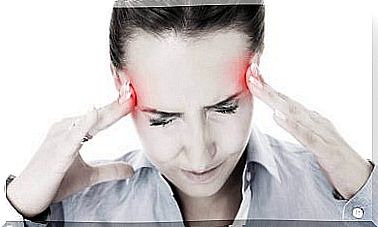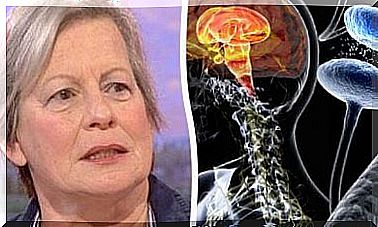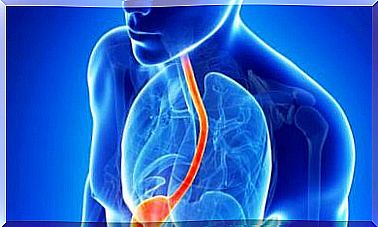Trigeminal Neuralgia – The WORST Pain In The World
It is a very severe, cramping facial pain that generally affects only one side of the face. Trigeminal neuralgia can be disabling, but treatment options are available.
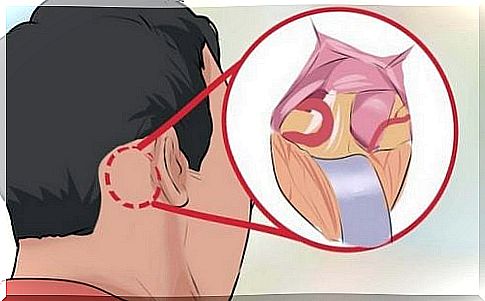
There are different types of pain. No doubt all are uncomfortable and some are unbearable. But trigeminal neuralgia is described as “the worst pain in the world” .
There are 12 cranial nerves in our head, one of which can then cause this severely restrictive neuralgia in part of the population.
This ailment was already known in ancient times. Furthermore, Aretaios of Cappadocia, a second-century doctor, was the first to describe trigeminal neuralgia .
It is an attack of pain that spreads like an electric shock to the face and then spreads from the cheeks to the chin.
Then you will learn the 5 most important characteristics of this suffering.
1. What is trigeminal neuralgia?
Trigeminal neuralgia is a chronic pain that originates from one of the largest nerves in the brain, the trigeminal nerve, which gives the disease its name. It is the fifth cranial nerve that normally conveys sensations from the skin of the face to the brain.
- The pain attacks usually only last a few seconds (no longer than 2 minutes), but are very intense. In between there are usually no complaints.
- Even if the pain lasts very briefly at first, it can also lead to longer attacks over time.
- This nerve branches into three main branches that traverse the visual area, the scalp, the forehead, and the front of the head.
- This explains why people feel pain in their jaw, cheeks, lips, teeth, and even gums.
Possible causes
- The causes are not yet fully understood. A distinction is made between idiopathic (no tangible causes) and symptomatic trigeminal neuralgia (caused by another disease).
- Most patients suffer from pressure damage to the nerve from arterial loops. When pressure is exerted on the trigeminal nerve through an adjacent blood vessel, the nerve sheath (myelin layer) is damaged and changes in the nerve cells occur.
- This nerve damage is the most common cause of the intense and unbearable pain.
2. What are the symptoms?
- The episodes begin acutely, they are short, like an electric shock. The person concerned is initially surprised because he does not know what is going on, but then does not take the pain attack too seriously because it is only very brief.
- Gradually the attacks repeat themselves. Triggers can be contact with the face, chewing, speaking or brushing your teeth … the pain attack repeats itself over and over again.
- The episodes can last for days (or weeks) and then reappear after a month or more.
- As mentioned earlier, the pain radiates to the cheek, chin, teeth, gums, lips, or, less commonly, to the eyes and then to the forehead.
- The pain usually affects one side of the face.
- The attacks become more frequent and stronger over time.
3. Who is most affected by trigeminal neuralgia?
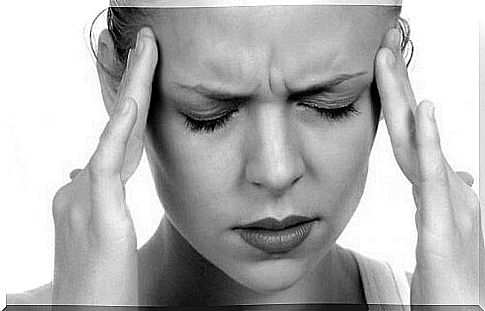
- Trigeminal neuralgia is a very rare disease that mostly but not only occurs in people over 50.
- The disease is more common in women than in men.
- It is usually hereditary.
4. What tests are done to make a diagnosis?
The medical diagnosis of trigeminal neuralgia is based on three key points that make it possible to distinguish this condition from a migraine, for example :
- Type of pain: If it is very brief, it can be assumed to be trigeminal neuralgia.
- Localization: It is important to know the areas of the face that are affected by pain in order to make a diagnosis.
- Triggers: External factors such as chewing, speaking, swallowing, brushing your teeth, etc. are the most common triggers.
Once the doctor knows about these factors, they can do the following tests:
- Neurological examination
- Nuclear magnetic resonance.
5. How is trigeminal neuralgia treated?

Medication
Your doctor will then advise you on the best treatment option.
Simple anti-inflammatory drugs or pain relievers won’t help in this case.
- Anticonvulsants are used to block the misfiring neurons in the structure of the brain.
- Tricyclic antidepressants are also effective when the pain is constant.
Surgical procedure
If the medication doesn’t help, then a neurosurgical procedure is used.
The techniques can range from simple interventions to more complicated operations:
- The rhizotomy is to then block a procedure where certain nerve fibers are destroyed the pain.
- The balloon compression is a simple and fast technique. A cannula is inserted through which a small balloon is passed. The purpose of this is to compress the trigeminal nerve to reduce its stimulation and pain.
- The Glycerolinjektion is another technique to isolate the fibers of the trigeminal nerve and then the so painful electric shock to be prevented.
If all of these treatment options are unsuccessful, microvascular decompression can be performed.
This is an extremely delicate procedure, but it is very effective.
So there is also a solution for “the worst pain in the world”. Get advice from your doctor so that your quality of life does not suffer.
Cover image courtesy of © wikiHow.com





